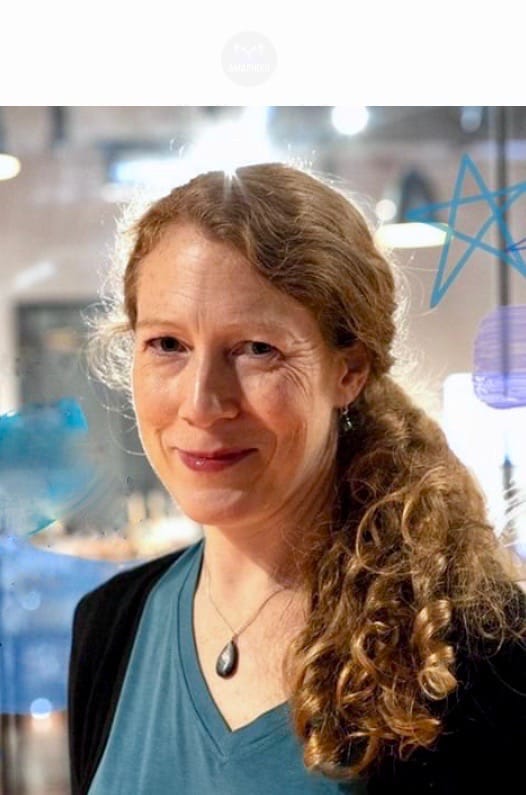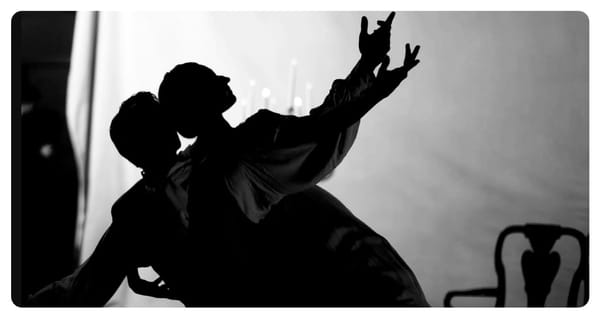'My Decision is Maybe and That's Final'

My 12-day, four-stop Northern travels of 2024 came to end late Tuesday, when I drove home from Narragansett, RI. Sincere apologies that there was no What/If Arts last week. What can I say? I was at the beach and couldn't risk getting sand in my laptop.
But to recap, this year's route was Schenectady, NY. >> Saint-Sauveur, Quebec >> East Alstead, NH >> Narragansett, RI.
The Aug. 4 What/If included some thoughts on Festival des Arts Saint Sauveur, Canada's largest dance festival. (And there may be more to come! I had such a great time!) But this week, reflections on ending my trip with a stop in the Ocean State.
What I'm Seeing
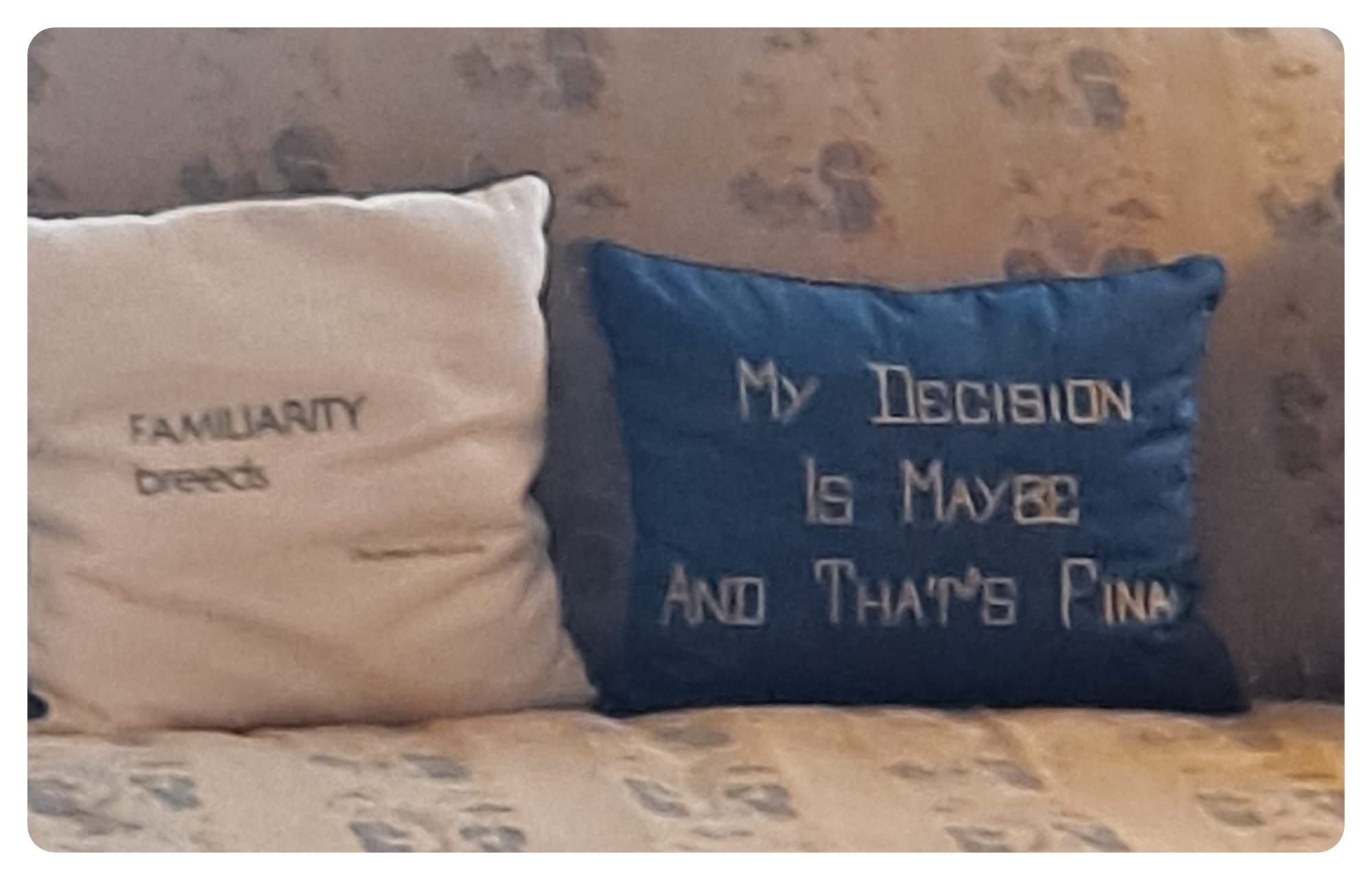
A pillow. I saw a pillow.
Not to be confused seeing the Pillow, as in the Jacob's Pillow dance festival in western Massachusetts. (Sorry to miss you seeing you this year, Pillow!)
The deep blue throw pillow I saw this summer was gifted to tobacco heiress Doris Duke by modern dance pioneer Martha Graham, most likely at some point in the 1960s. It now sits on a couch in the morning room at Rough Point, Duke's mansion in Newport, stitched with the words, "My decision is maybe and that's final." In Rough Point's gift shop, the slogan is available on magnets, more pillows and tote bags, all of which I covet, not only for the pillow's place in dance history, but because my own life in the arts is so damn full of dangling maybes.
My dear friends Denise Benoit and her husband, semi-retired journalist Bill Loveless, invited me to visit their family beach house in Narragansett this summer, and knowing me as she does, Denise plotted out a trip to Doris Duke's mansion. After admiring Duke's collection of Czarist Russian china, ancient Italian plates and Peruvian mother-of-pearl furniture, I developed an insatiable appetite to learn more about this billionaire who died when I was in middle school, but whose fortune has underwritten so many dance performance that I've enjoyed as an adult through the Doris Duke Charitable Foundation.
Rough Point's onsite docents didn't know much about Duke's relationship with dance beyond the pillow and that when Graham visited, she practiced walking down the wide, grand staircase backwards. (Denise and I both gave grand pliés gripping the banister a go.) There was also a dance studio in the mansion at one point, a docent said, but in her later years Duke remodeled and took down the barre.
Biographer Sallie Bingham writes that Duke rehearsed with the Graham dancers in New York, wore the company's black satin jacket and may have requested to perform. If so, maybe that request that prompted the response stitched on velvet. "My answer is maybe"? Or did Graham ask for more money only to be told, "maybe"?
It sounds like no one knows. But according to Bingham, the choreographer Duke definitely asked to join onstage was the pioneering Black dancer and ethnographer Katherine Dunham. They even toured Egypt together! On camels! (Duke later kept two camels as pets at Rough Point, where they chewed on lampshades and waited out hurricanes in the solarium, but I digress.)
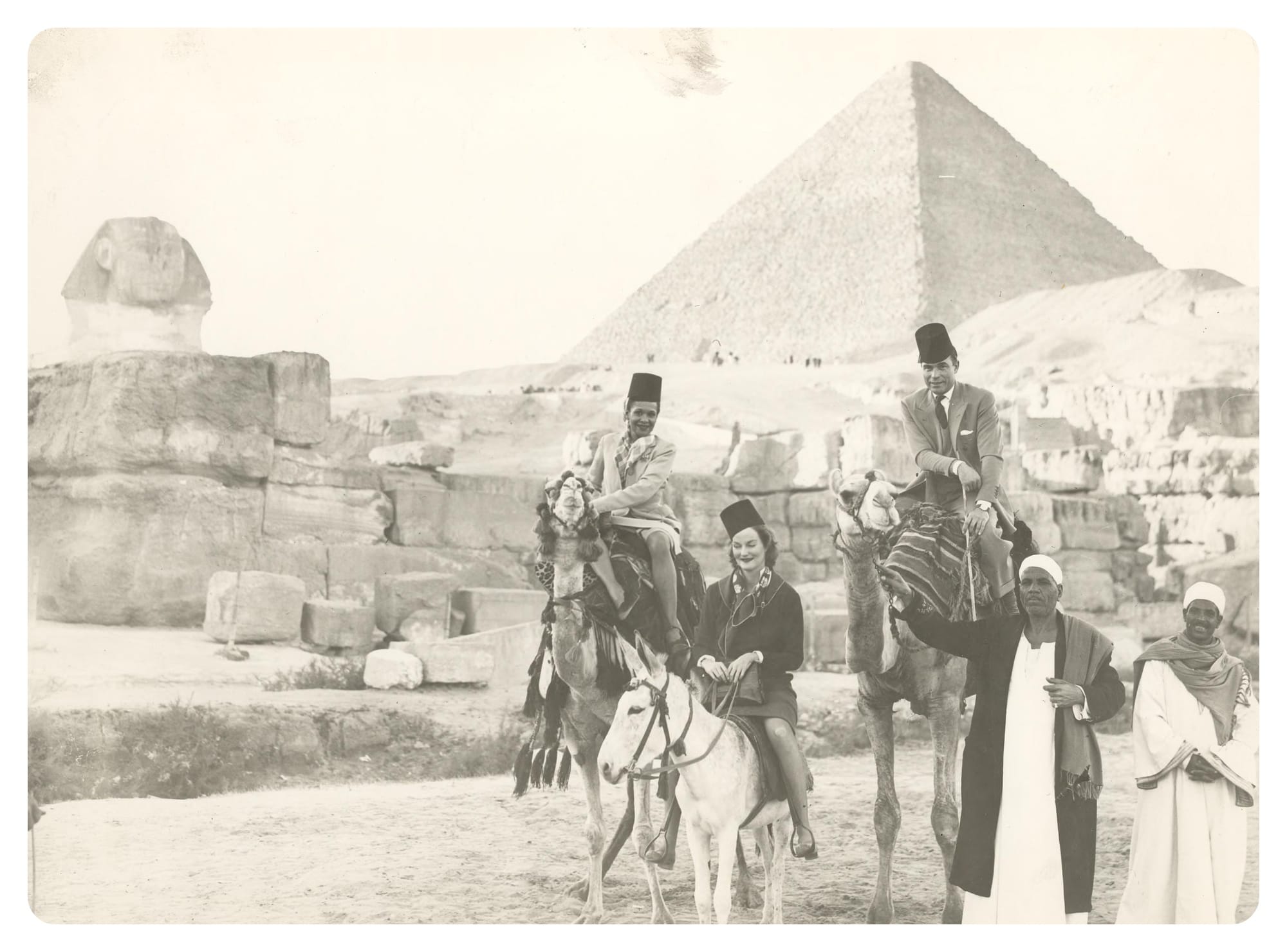
Dunham's dance legacy is paltry compared to Graham's, and it turns out, refusing Duke's request may be the reason. Bingham writes, "[Duke's] wish to dance with the lesser know African-American dancer and choreographer, Katherine Dunham, led to the end of their friendship as well as the end of Doris’ financial support, two serious blows for a woman who had come to depend on Doris’ friendship as well as her generosity."
There's a story here, I think. Maybe even a screenplay to dreamcast.
The Doris Duke Charitable Foundation can't go back in time and repair the women's friendship. It can't give Dunham to money she needed to make art. But the foundation can and does honor the work of Black performing artists today with a share of the $5.3 billion she left behind.
If I Could See Anything
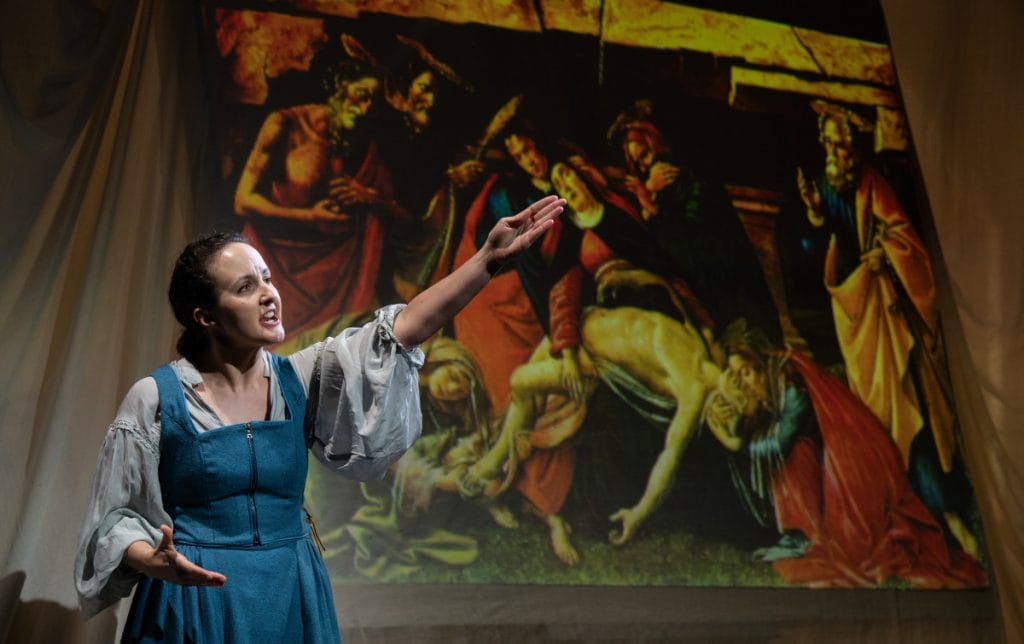
This "If" is easy this week: I'd be in Jamestown, New York, visiting the Chautauqua Institution to see Kate Hamill's new play, The Light and the Dark. Like the Pillow and Saint Sauveur, Chautauqua is one of those magical artsy locales that comes to life in the summers, where I've enjoyed that rare combo of good performances and conversations with the artists who created them.
In the old, pre-pandemic days, Chautauqua had a robust critics residency program. I visited from 2013 to 2016, and hope the residency is revived so I can stay in the guest house with the likes of Alan Alda and Ann Patchett again. (Seriously. We did all sleep under the same roof. But I also want to see more shows!) I was thrilled to see Chautauqua Theatre Company helped commission a new play from Hamill, the genius behind Sense and Sensibility, Dracula and other dramatic adaptations of classics. This time around, Hamill got to work from scratch, and researched the life and art of Italian Renaissance artist Artemisia Gentileschi. The Light and The Dark runs in western New York through Aug. 23, and gets a big city premiere this winter at Primary Stages.
